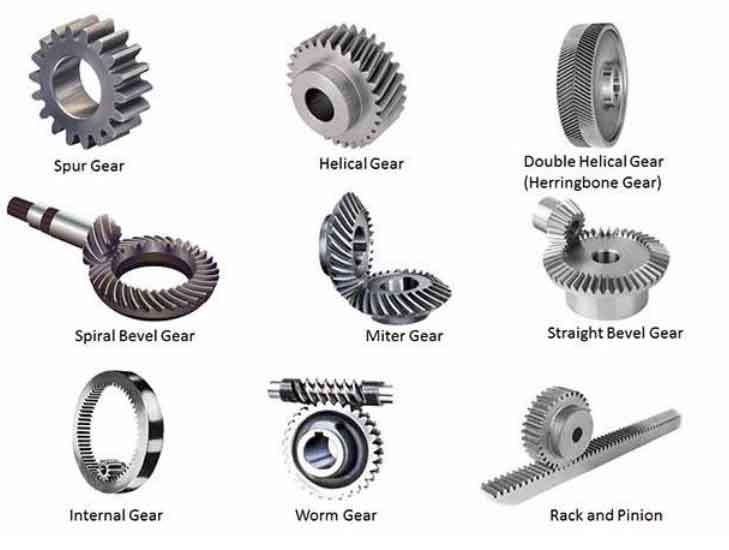
When deciding between hypoid gears and spiral bevel gears, it’s important to consider the specific requirements and characteristics of each gear type. Here’s a comparison to help you choose the right gear type for your application:
Hypoid Gears:
- Advantages:
- High torque capacity: Hypoid gears can handle higher torque levels compared to spiral bevel gears.
- Compact design: Hypoid gears feature offset axes, allowing for more flexibility in space-constrained applications.
- Smooth and quiet operation: The sliding action of hypoid gears reduces noise and vibration.
- Versatile shaft configurations: Hypoid gears can accommodate non-parallel and non-intersecting shaft orientations.
- Considerations:
- Complex design: Hypoid gears have a more intricate tooth profile and manufacturing process compared to spiral bevel gears.
- Higher cost: The complexity of hypoid gears can result in higher production costs.
Spiral Bevel Gears:
- Advantages:
- High torque capacity: Spiral bevel gears have excellent torque-carrying capacity, often comparable to hypoid gears.
- Smooth operation: The helical tooth profile of spiral bevel gears provides gradual tooth engagement, resulting in reduced noise and vibration.
- Overlapping teeth: The overlapping contact between spiral bevel gears allows for improved load distribution and higher contact ratios.
- Intersecting shafts: Spiral bevel gears are well-suited for applications with intersecting shafts.
- Considerations:
- More complex manufacturing: Spiral bevel gears have a more involved manufacturing process compared to hypoid gears.
- Limited shaft configurations: Spiral bevel gears are primarily suitable for intersecting shaft configurations.
Choosing the right gear type depends on factors such as torque requirements, space constraints, noise limitations, and the specific application environment. If you require high torque capacity, smooth operation, and versatility in shaft configurations, both hypoid gears and spiral bevel gears can be suitable options. However, if you specifically need gears for intersecting shafts and want to achieve excellent load distribution and contact ratios, spiral bevel gears may be preferred.
It is recommended to consult with a mechanical engineer or gear specialist who can analyze your specific application requirements and provide guidance on the most appropriate gear type. They can consider factors such as torque, speed, noise considerations, and spatial constraints to ensure optimal gear performance and reliability.
In summary, hypoid gears are advantageous for applications requiring high torque transmission and where axial offset is beneficial. On the other hand, spiral bevel gears are suitable for applications with space constraints, lower noise requirements, and where higher efficiency is desired. It’s crucial to evaluate the specific needs of your system and consult with experts or gear manufacturers to determine the most suitable gear type for your application.
